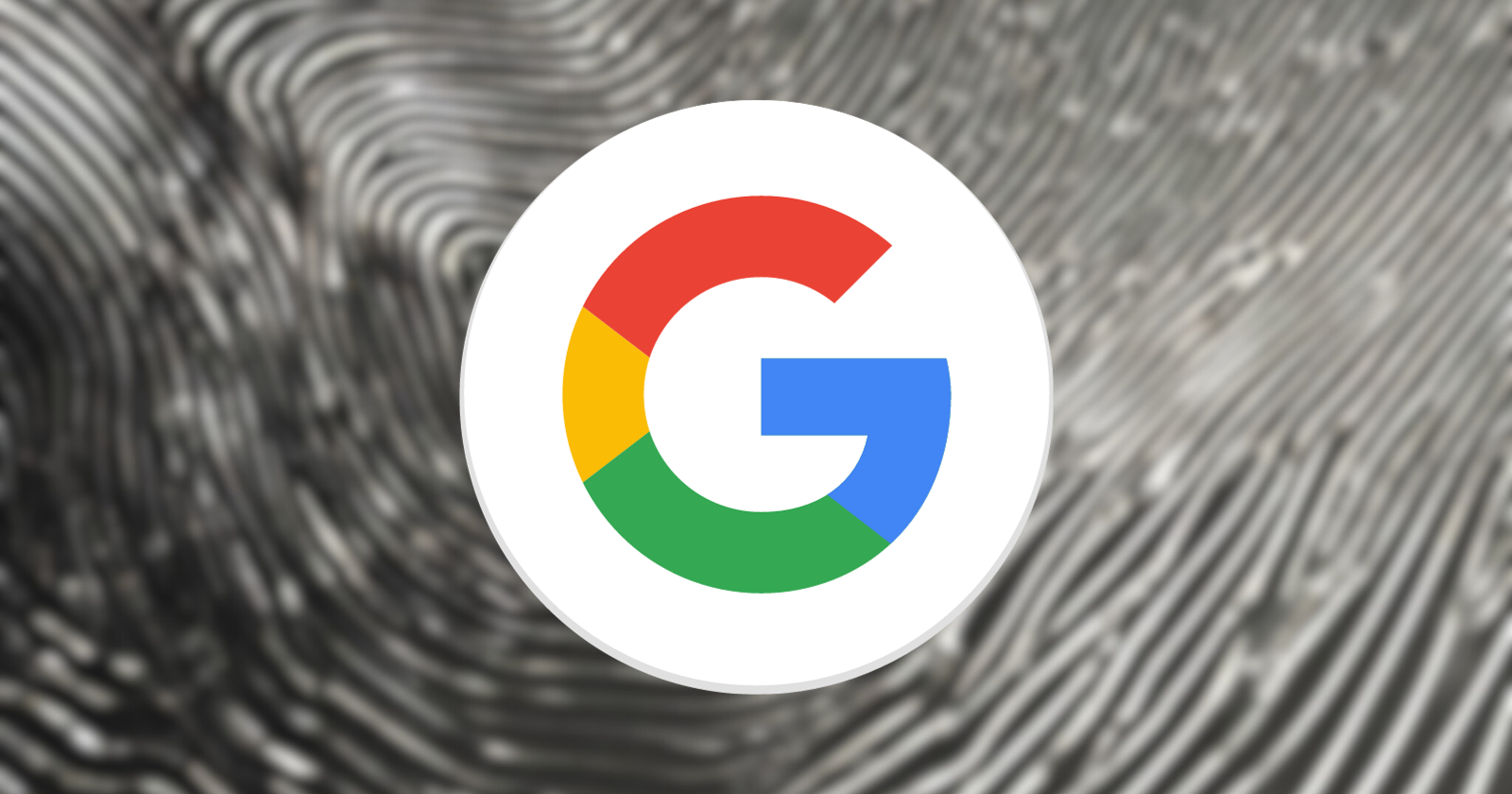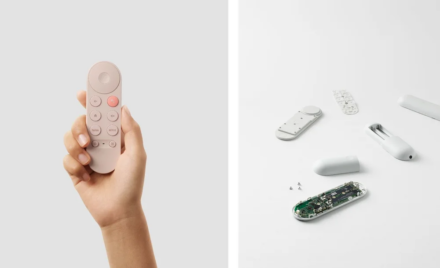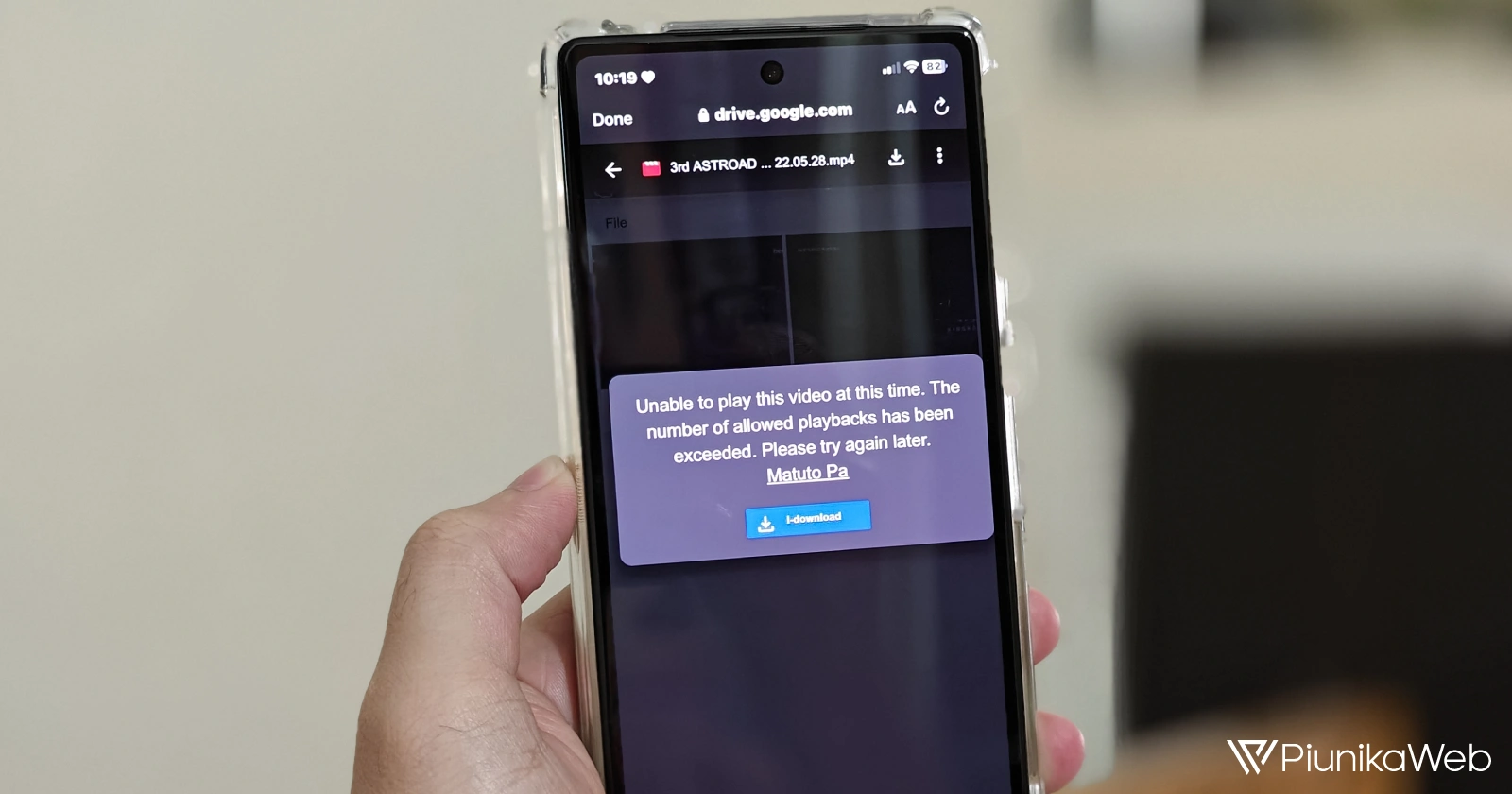Ever wondered why your Pixel phone buzzes just the way it does? Well, of course, it’s all well thought out, but now, Google has given a deep dive into its world of haptics design, sharing how their engineers and designers work tirelessly to make sure haptics on your Pixel phone feels just right.
Haptics in phones is like the secret sauce that makes your device more than just a sleek piece of tech. It’s all about those vibrations and tactile nudges that respond to your every touch, press, and notification. The goal? To create an immersive experience that makes you feel like you and your phone are in sync.
From buzzy beginnings to Google Pixel perfect haptics
Remember the early days of phones when they’d buzz loudly for attention? Debanjan Mukherjee, lead sensor engineer at Google, reminisces about those times. Back then, people cared less about the subtlety of vibrations. But with the smartphone boom, everything changed. Touchscreens demanded quicker feedback, and that’s where haptic development took center stage.
Hong Tan, lead haptics scientist, sheds light on the evolution of vibration frequencies. In the past, they stuck to 200-300, the sweet spot for human skin sensitivity. However, it was like a soprano voice—sharp and not everyone’s cup of tea. So, the Pixel team started experimenting with more organic frequencies, aiming for vibrations that felt ‘sharp,’ ’round,’ ‘click-like,’ or ‘gentle.’ The result? Pixel 6 became the pioneer, letting users customize the frequency and feel of their phone’s haptic responses.
Playing with vibrations
Creating the perfect haptic experience is no easy feat. Google’s engineering team has its own app where they play with various vibration options. From a quick ‘click’ to a softer ‘tick’ or a gentle ‘thud,’ it’s a world of subtle differences that contribute to the overall feel of the phone.
Hong Tan emphasizes that haptics do more than just alert; they inform and delight users. The latest additions to the Pixel family, Pixel 8 and Pixel 8 Pro, come with upgraded haptics. These might seem like marginal improvements, but for the Pixel team, it’s all about refining the ‘small’ experiences that keep pushing their devices forward.
The Art and Science of other devices feel
So, how do Googlers create the perfect feel for devices? It starts with a deep understanding of touch. Stefan Reichert, an industrial designer, talks about years of experience handling various remotes. Knowing the size, weight, button layout, and tactility of different remotes gives designers a starting point for experimentation.
To get that satisfying click on the Chromecast remote, designers use diagrams and equations to balance the user’s force and the button’s travel time. It’s a delicate dance to avoid a button feeling ‘mushy’ or too resistant. Rhea, part of the design team, emphasizes the importance of balance, noting that unexpected changes may require adjustments to maintain the ideal feel.
What’s on the horizon next?
The technology behind device feel is advancing rapidly. Smaller motors and sensors offer more creative freedom for designers. With ongoing user research, the haptics team aims to fine-tune their craft even further, extending it to more actions on Pixel phones and beyond.
Every new product at Google involves collaboration between industrial designers and engineers. Rhea sums it up: “There’s no golden recipe. We just want to make sure that every button we put out into the world is designed with care.”
So, the next time your Pixel vibrates, remember that it’s not just a buzz—it’s a carefully crafted experience designed to inform, delight, and make you feel connected to your device. And behind it all, there’s a team at Google playing with vibrations to find that perfect feel.




